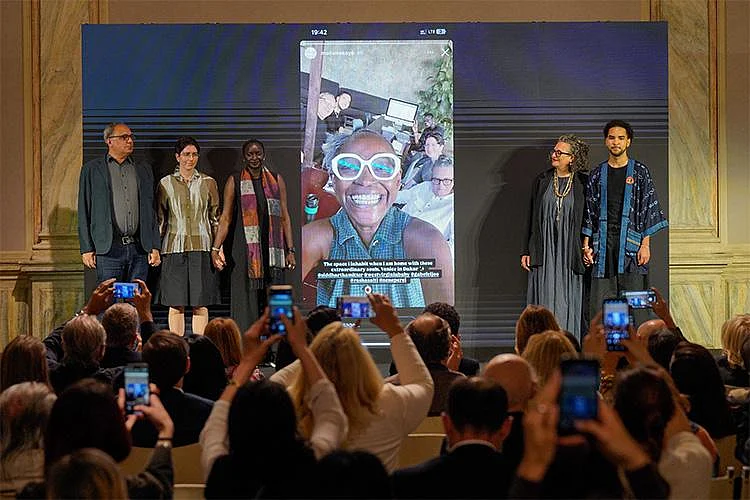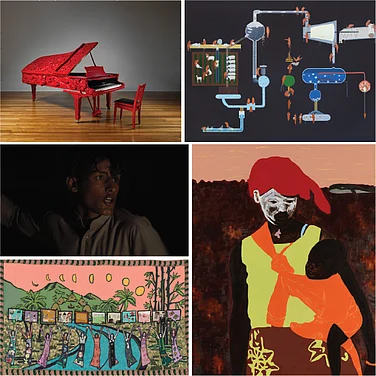Every two years, Venice becomes more than a city—it transforms into a question, or a riddle posed by eminent contemporary artists to the world. Across its canals and weathered halls, the Venice Biennale unfolds like a living canvas of modern creativity—is it exhibition, confrontation, celebration, or all these and more?
Since 1895, the Biennale has stood as one of the most enduring stages for modern art, offering nations a space to present their cultural identities, or forge new ones. It’s a space where artists push the boundaries of what can be seen and heard.
The Biennale matters because it invites visitors to confront, not just contemplate. To be more than just observers of art. As the late Cameroonian curator Koyo Kouoh , art must be seen not passively, but as an agent that shapes society. Her curatorial frame brought history and politics into the spotlight, shifting the focus away from the commercial art of fairs and markets towards deeper narratives—of race, postcolonialism, decolonisation, and the expanding project of technology and our awareness of it. Her vision demanded engagement: with injustice, memory and the fragmented layers of today’s world.
Kouoh was set to curate the 2026 edition of the Venice Biennale, the first African woman appointed to lead the art fair's main exhibition. Just ten days before she was to announce her curatorial theme, she passed away, leaving a void that reverberates far beyond Venice. Her life’s work was at—and in building up—institutions like Zeitz MOCAA in Cape Town, and in exhibitions such as ', a full-scale monograph exhibit of the African artist who, as she put it, belonged to a generation that “”. It was no longer about curating to prove that African art exists in contemporary form, but to expand the space it can occupy.
The Biennale has long been a mirror of the world’s ruptures and possibilities. From Okwui Enwezor’s (2015), which placed postcolonial thought at the centre, to Cecilia Alemani’s (2022), which created a bridge between the past, the present and the future through shows within shows, the Venice Biennale has evolved into a lively and sprawling mosaic of creativity.
Every other year, the national pavilions speak their truths, while the central exhibition traces the fractured landscape of our global moment. But it always overcomes, even trespasses, boundaries and borders. In 2024, the Venice Biennale prominently featured and artists as part of the theme '', curated by Adriano Pedrosa, the first Latin American curator of the event and the first working in the Global South.
The Venice Biennale still matters because it dares to look—radically, collectively. It comes up with a better story than critiques of never-ending consumerism, or of art as not just another product, to be put on display. It goes beyond making tweaks to the status quo. This is a platform where artists and curators explore the realms beyond the expected, creating experiences that emphasise originality. Visitors never have to wonder: Where have we seen this before? And now, with the loss of Kouoh, it matters even more. Her absence, like her vision, reminds us that art is not just something to see. It’s something to live by.
The next edition of the Venice Arts Biennale scheduled to run from May 9 to November 22, 2026 is on the '' theme, and will execute the project as Kouoh conceived it.














